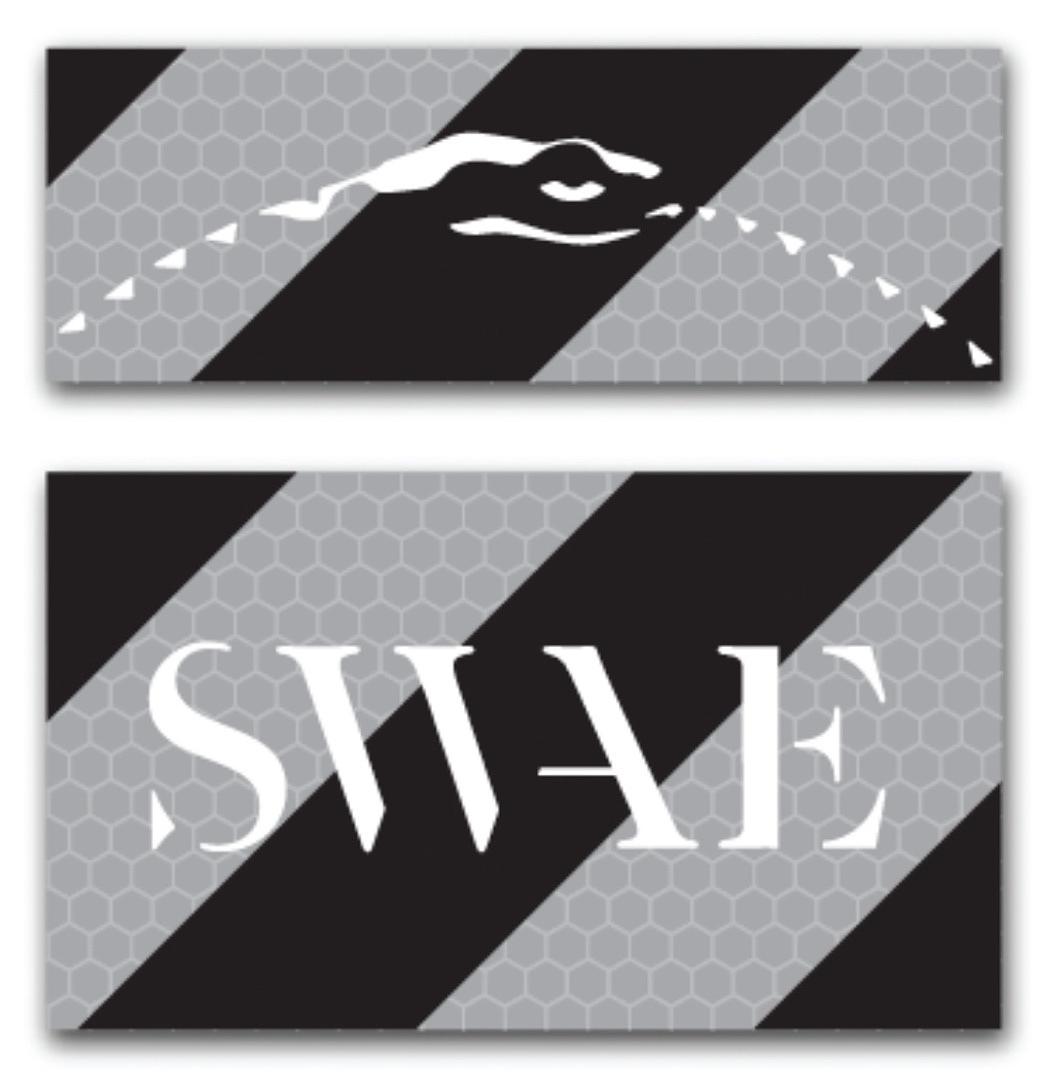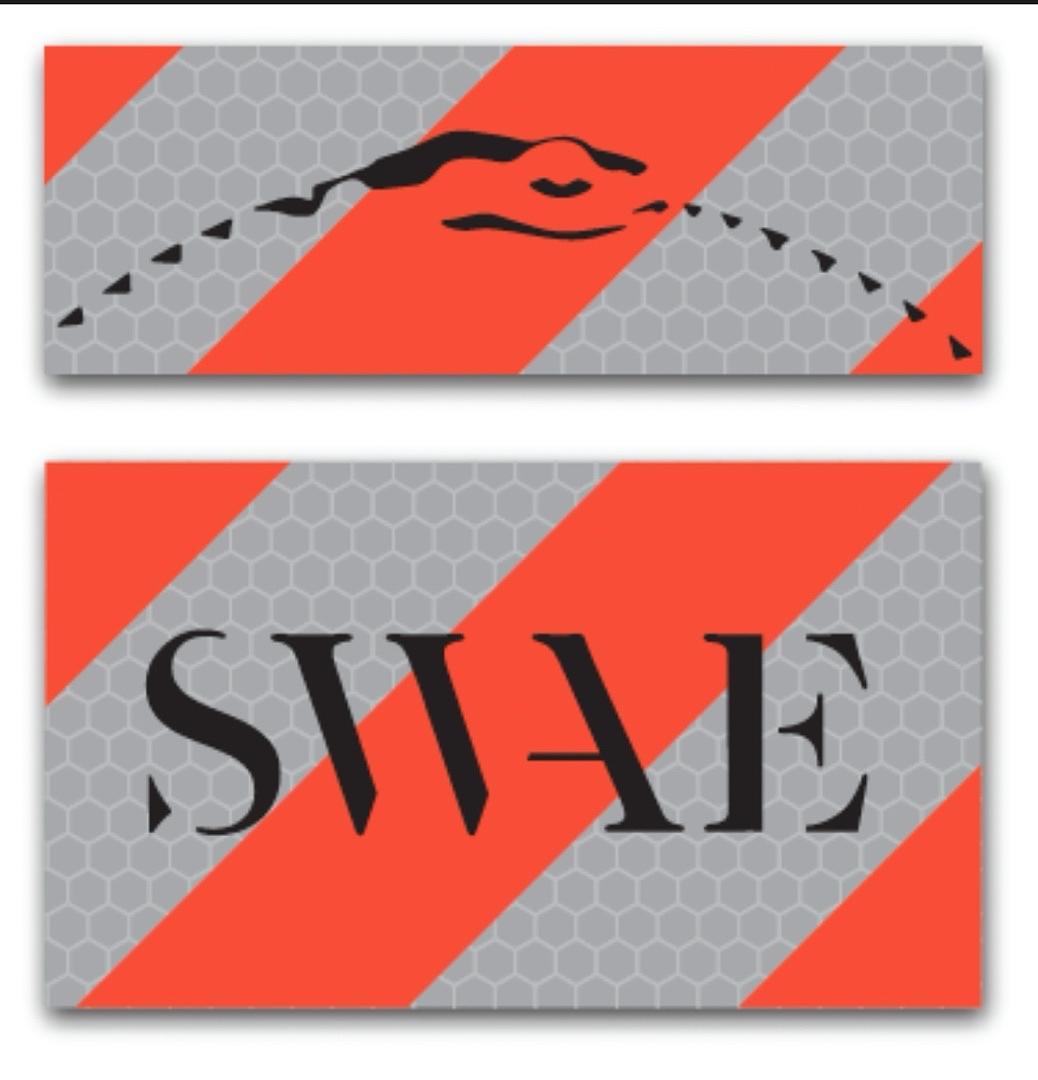Workshop
WILDFIRES - GETTING AHEAD OF THE BURN
The uncertainty is almost as cloudy as the air. Where will you sleep tonight? What will you eat tomorrow? The evacuation may have saved you from the wrath of the fire, but as your small Canadian hometown disappears into the smoke, the reassurance of having dodged the physical fire has thrown you into the frying pan. No paycheck, no home, no plan. This is the fallout of wildfires. From the tips of Canadian peaks in Alberta and British Columbia to the grasslands of New Mexico and Arizona, fires ravage the North American West each year. However, unlike most years, the fires in 2023 didn't start in August or June, the proverbial "dry season." Instead, this year's fire season came early.
Nineteen thousand residents have been evacuated due to the fires raging in Alberta, begging the question, why have the fires started so early? In early spring, most vegetation is still somewhat wet from the winter, and fire conditions are reasonably safe. However, with the current number of acres burned already, 2023 is already approaching the record for the most land burned in a single year for Alberta. With summer still almost a month out, this is a scary fact. Currently, 43% of the Alberta fires are attributed to unsafe habits by people, meaning its likely poor practice regarding fire safety to blame for the early blazes.
It's a brutal reality knowing the fires causing a state of emergency and darkening skies from British Columbia to Minnesota are attributed to careless people. Lives will be changed forever, and governments strained by the necessary financial resources needed to keep the people safe from the raging infernos. However, knowing this empowers us to practice fire-safe habits to keep disasters like this from becoming the norm earlier and earlier in the summer months.
Wildfires are not a new occurrence and are not always an outright act of destruction. For example, the seed cones of giant Sequoias need concentrated heat to open. It is the only way to reproduce these 3,000-year-old goliaths of the forest. Many other tree species often need a good burn to clear undergrowth so that small saplings can rise past the shrubs and bushes of the forest floor to get sunshine. While the occasional burn is part of a natural cycle, the increased rate of forest fires due to Earth's average temperature increase is creating them at a steadily higher rate.
Statistics from the National Interagency Fire Center indicate millions of acres are burned annually. Seven of the last ten years have been marked by over five million acres of forest burning each summer. Most of these fires occur naturally, typically by lighting strikes or dry brush getting heated. However, with around 40% of fires caused by people's carelessness, either by loose hanging metal off cars by campfire pits, humans can account for millions of acres burning by simply being careless.
Slowing The Blaze
Knowing this means we must all be aware of fire potential while enjoying wild spaces. First is recognizing the fire season status. There may be better ideas than an open fire in late summer. Most national parks and forest areas will have a fire level notice before entering. Heed these warnings and cook on closed flame devices if the fire risk is high. Otherwise, practice precaution and clear a 10-foot radius around the firepit - removing any shrubs, trees, or other debris. The fire pits should be at least six inches deep and up to two feet deep if needed. Lastly, never go to sleep while the fire is active; always put it out entirely before bed. A fire that is completely out should barely emit any smoke and have no red embers at its base. Another precaution is to secure all chains to your vehicle. Many brush fires start from loose metal sparking off vehicles.
Air quality check is another good idea when planning a summer trip out West. Nothing is worse than heading up to that pristine lake and finding the area completely smoked off. Online maps platforms show current blazes and illustrate the smoke from them. In some places, the smoke can make the air difficult to breathe and cause headaches and sickness for more sensitive groups such as people with lung disease, young children, and elderly adults. If an area has wildfires blocking them off, listen to regulations and do not try to get around the blockades. This year, people ignoring these warnings had to be airlifted out of dangerous fire zones and subsequently charged for disobeying a lawful order.
Ultimately, we are all responsible for being aware of what we bring to the environment and how we can aid in wildfire prevention. For example, future technology could give us insight into dry areas before they ignite, allowing controlled burns to deter fires before they spread and become too uncontrollably large. However, for man-made fires, these tactics won't be able to solve negligence. So then it falls upon us to ensure that when we set out for adventure, we do so by being prepared with the knowledge that only we can prevent forest fires.
















